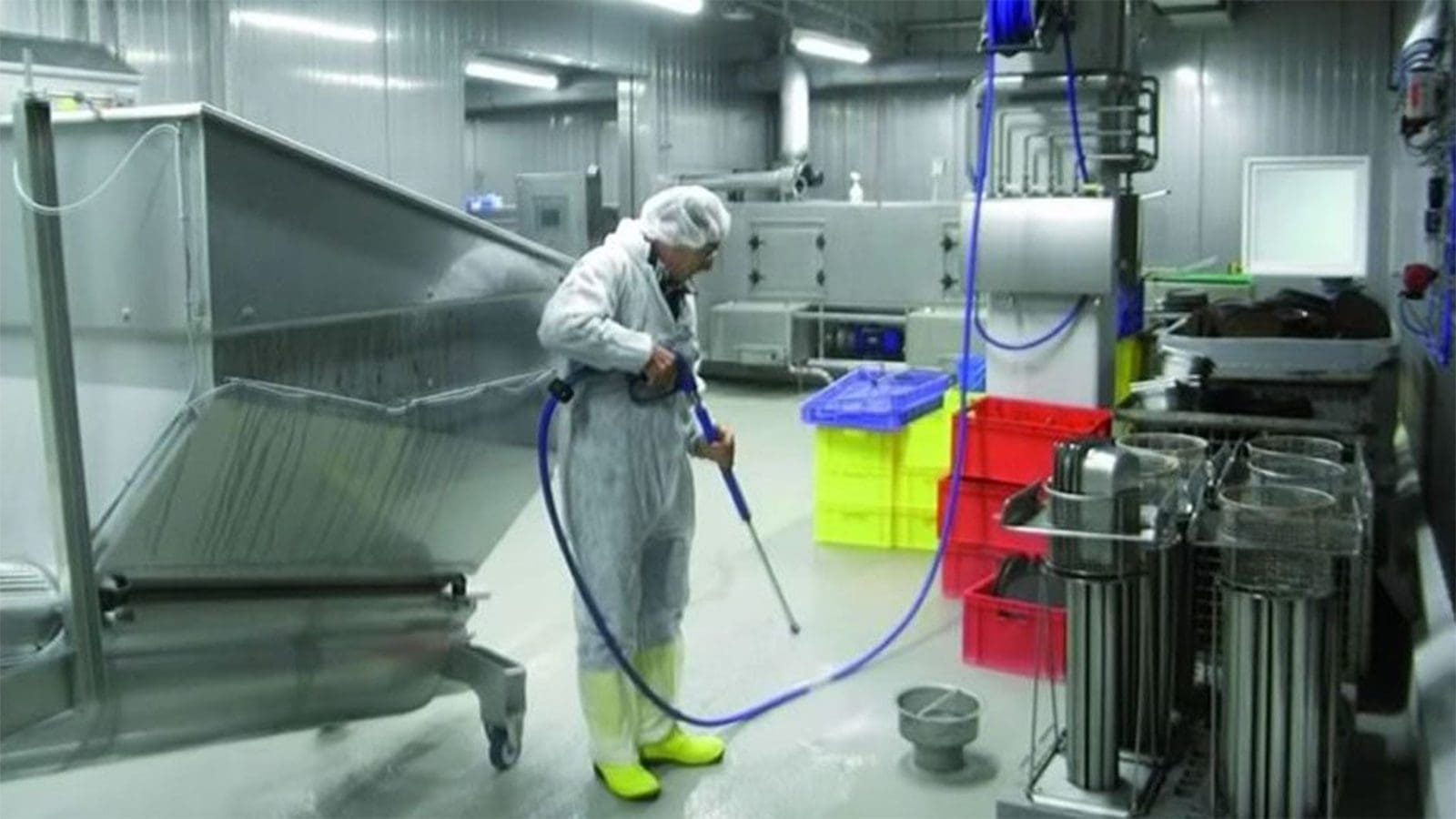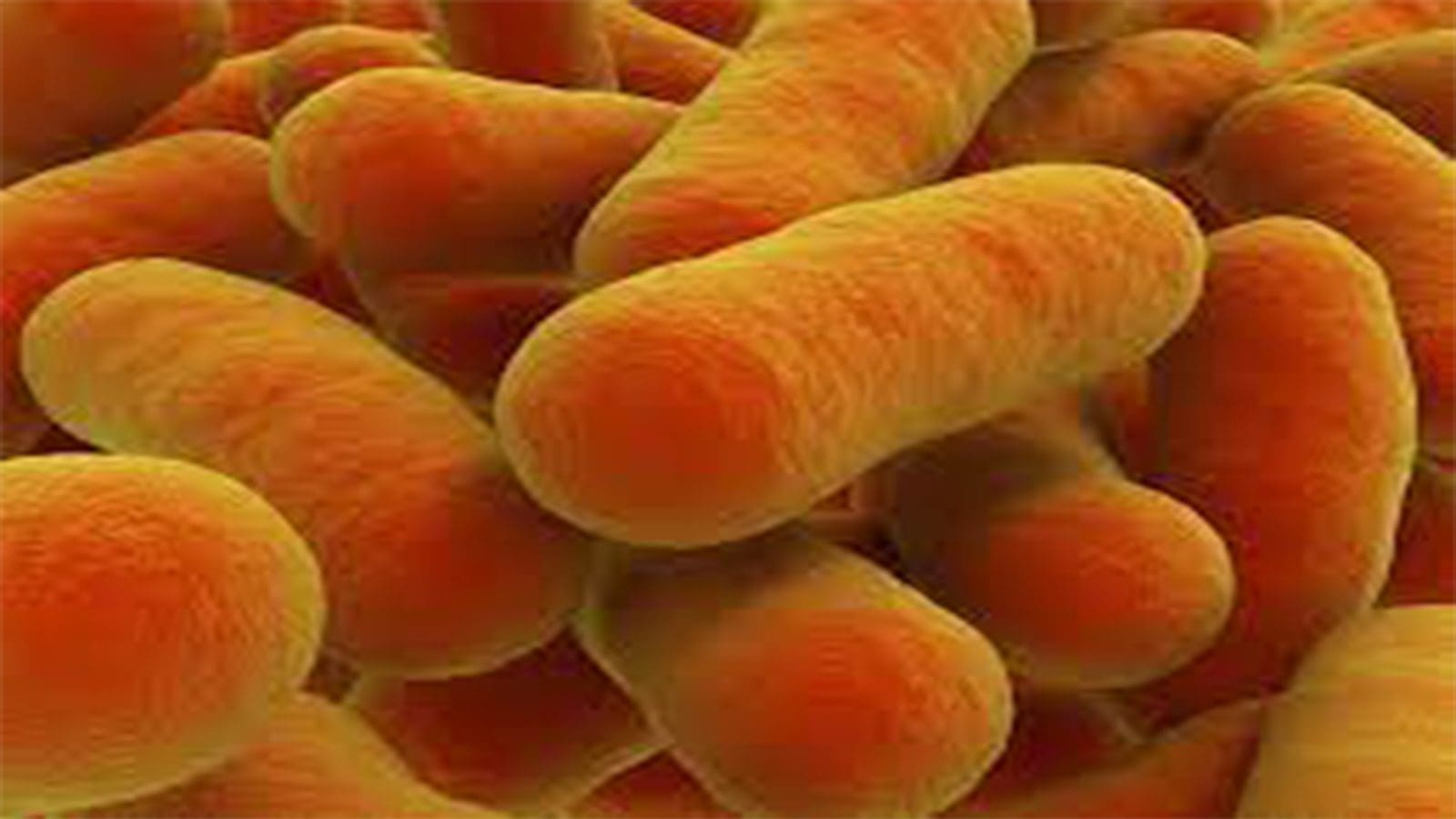U.S – The Center for Produce Safety is funding ongoing research that aims to assess the effectiveness of commercially available sanitizers against common foodborne pathogens and biofilms encountered during the harvesting of tree fruits before conducting a validation study of the top-performing treatments at commercial facilities.
Bins and containers that are not thoroughly cleaned and sanitized can encourage microbial growth during tree fruit harvesting and act as a reservoir for produce cross-contamination.
These containers have been connected to incidences of foodborne illness in the past.
However, growers and handlers have faced difficulties as a result of unclear guidelines for cleaning and sanitizing harvesting bins and selecting bags.
As such, the current research intends to develop recommendations based on science, in order to improve cleaning and sanitation procedures for harvesting activities.
Growers and packers may use the researchers’ work as a guide when choosing containers or sanitizers.
Although the current study focuses on apples, the researchers note that the findings should be relevant to any product that uses nylon picking bags or wood and plastic harvest bins.
Valentina Trinetta, Ph.D., of Kansas State University (KSU) is the project’s primary investigator, together with KSU’s Umet Yucel, Manreet Bhular, Faith Critzer, Ph.D., of the University of Georgia, and Londa Nwadike, Ph.D., of the University of Missouri.
The researchers began by testing five sanitizers—chlorine, chlorine dioxide, peracid, steam, and silver dihydrogen citrate—against Listeria monocytogenes, Salmonella, and Shiga toxin-producing Escherichia coli (STEC) on wood, plastic, and nylon coupons.
After being exposed to one of the five sanitizers, the infected coupons were incubated for two, twenty-four, or ninety-six hours.
Sanitizers were tested against sessile and biofilm bacteria. Sessile organisms are pre-biofilm formation, at the beginning of their growth phase.
Biofilms, on the other hand, are extremely resistant microbial colonies that are protected from sanitizers.
Facilities that clean more frequently tend to have more sessile bacteria, whereas facilities that clean seasonally might find the research on biofilms more applicable.
Although data is still being reviewed by researchers, some trends are beginning to emerge. For instance, wood is extremely difficult to clean, yet chlorine dioxide has been shown to be excellent at reducing pathogens.
In summer 2023, small-, medium-, and large-scale apple packinghouses in Kansas, Missouri, Iowa, and Washington will be used as test sites for the project’s next phase, which will involve conducting trials with the best sanitizers.
The scientists intend to inoculate picking bags and bins that were previously used by packing operations.
After sanitizing the containers under packing-house settings, the researchers will monitor the pathogen reduction levels.
For all the latest food safety news from Africa and the World, subscribe to our NEWSLETTER, follow us on Twitter and LinkedIn, like us on Facebook and subscribe to our YouTube channel.








